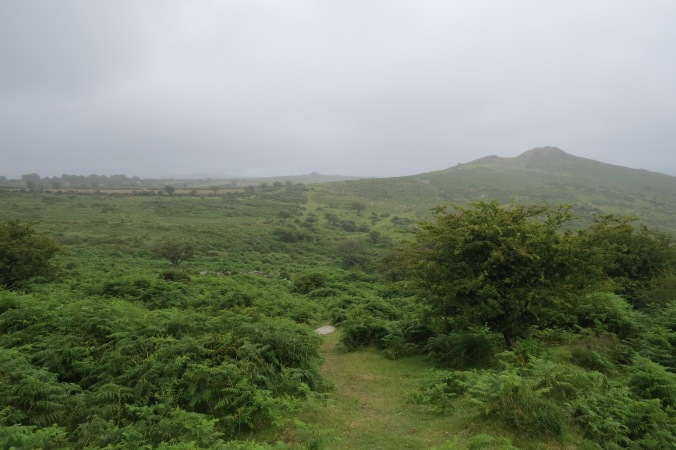Here we are, over half way through the second term. It’s amazing how time is flying by. Soon, we’ll be writing our dissertations and then starting our PhDs or beginning our careers!
Bearing this terrifying thought in mind, Ali Tweddle came to speak us on Tuesday about making steps towards our careers. She gave us some great insight into how we can make our CVs impressive. We all found it a very helpful lecture and personally I found it very reassuring. After that Donna Richardson came to speak to us about her business making heritage fun for kids. She showed us an alternative approach to heritage learning which looked engaging and entertaining, and not just for the kids.
Tuesday morning also brought us to Durham Castle for our new ethics discussion group. This week Dani chose the topic, which was: ‘who decides what heritage is?’ We went off topic a little, (Mr Darcy may have been mentioned) but we spoke about how our identity determines what we value. We also debated whether our perceptions of our home country and the past are accurate or influenced by nostalgia when we live abroad or grow older. It was, as always, an interesting session.
Thursday was our final all-day workshop, this time about Durham’s World Heritage site. Jane Gibson started off the day with an informative session on the sustainable future for the site. She was followed by Michael Glen who explained the management of Durham University’s Heritage, including Sheraton Park’s recent renovation. Then Roger Cornwell gave us an entertaining lecture on how to make a neighbourhood plan, and all the trials and tribulations that came along the way! After lunch, Alex from Purcell Consultants told us about all the works being done at Durham Cathedral and gave us an interesting exercise to complete in teams. Finally, Maya Polenz gave us a very illuminating talk about the many challenges of running the Cathedral. It was a fascinating day and we’d like to thank everyone who contributed.

Back home to beautiful Dartmoor
I returned to Devon on Friday, so I thought I’d take this opportunity to write a little about Devonian cultural heritage! Devon is rich in farming and mining heritage and this is reflected by the fact that it hosts a world heritage site: the Cornwall and West Devon Mining Landscape. We have a friendly rivalry with our neighbour, Cornwall. This is highlighted by our cultural disputes, such as the age-old question regarding scones: jam or cream first? (It’s cream then jam, by the way)! We also argue over who invented the pasty (I’ll hand that one to the Cornish, personally) and who has the better beaches (debateable).
In 2020 it will be the 400th anniversary of the pilgrims leaving Plymouth for America aboard the Mayflower. There are huge plans for the celebrations and perhaps this will put our quiet corner of the UK further ‘on the map’. The Mayflower Steps themselves are pretty easy to pass by, and even then they are not the original steps: the approximate site of debarkation is marked by a granite block. If you asked a Plymothian about local heritage sites, they’re more likely to point you to Plymouth Hoe and Smeaton’s Tower.
Finally, I’ll tell you a little about Devonian dialect. Mostly associated with farmers, these days you’ll still hear snatches of it in local areas. You may find yourself being called ‘lover’ by a total stranger, asked ‘where’s that to?’ or hear people refer to themselves as ‘janners’. Things can be ‘gurt’ (big), lush (very nice) or ‘betwaddled’ (confused). In fact, if you listen to the Wurzels (though they come from neighboring Somerset) you may find many similarities in some people’s speech.
Now yer knows ‘ow to talk proper Devonian, like!
Written by Cate Talbot. All images by Cate Talbot unless otherwise stated.